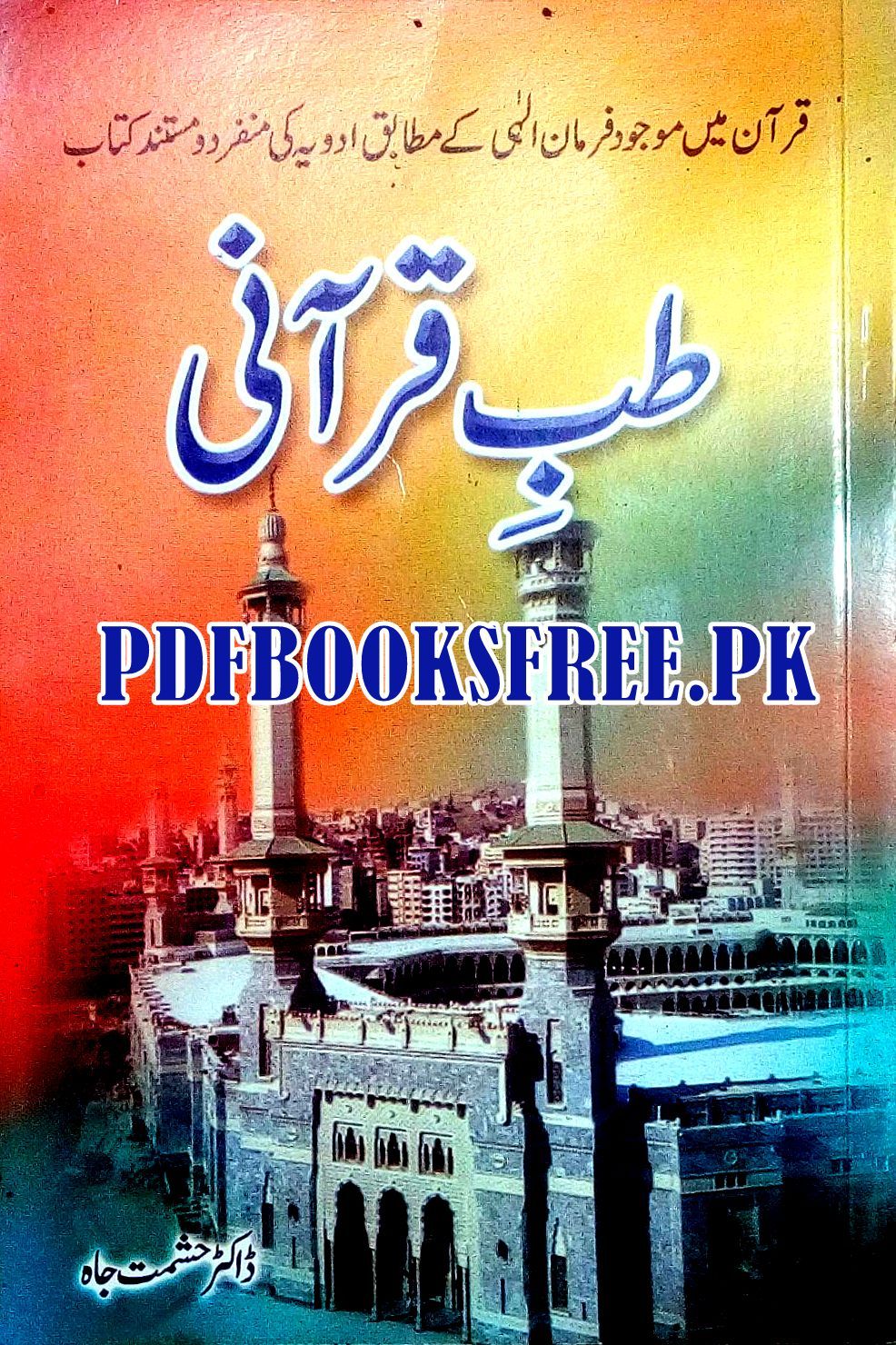Hakeem Bu Ali Sina Books

Dec 05, 2012 Ibn Sina’s Al-Qanun fi al-tibb (The canon of medicine) Read Online. And tagged english books, Ibn Sina. Isa By Shaykh Abul Hasan Ali. Mujarrabat e Bu Ali Sina, Mujarbat e Bu Ali Sina, Tuhfat ul Ashiqeen Bu Ali Sina, Bu Ali Sina Books in Urdu, Abu Ali Sina Books, Hakeem Bu Ali Sina Books. Small Booklets, Articles and Detailed Books authored by Hazrat Hakeem ul Ummat Maulana Ashraf Ali. Urdu Books Of Unani Medicines Bu Ali Sina PDF may not make.
“THE ENDURING RESPECT IN THE 21ST CENTURY FOR A BOOK WRITTEN A MILLENIUM EARLIER IS A TESTIMONY TO IBN SINA’S ACHIEVEMENT” – Mona N. Tibi and Emilie Savage-Smith Compiled by Malik Merchant Editor, Simergphotos.com & Simerg. Logic Studio 8 Full Torr there. com INTRODUCTION: On Sunday November 25, 2012, Simergphotos began a weekly/bi-weekly series of historical illustrations that underline an artistic, ethical, moral, religious or scientific theme. This third piece in the series is based on Wellcome Library’s Arabic manuscript collection, and includes the well-known medical encyclopedia, the Canon of Medicine, by the famous Ismaili practitioner Ibn Sina, also known as Avicenna. Portrait of Avicenna, Medicin, Chap.
Engraving, early 17th cent.(?). Many physicians in the Islamic world were outstanding medical teachers and practitioners. Avicenna (980-1037 CE) was born near Bokhara in Central Asia.
Known as the ‘Prince of Physicians’, his Canon of Medicine (medical encyclopedia) remained the standard text in both the East and West until the 16th century and still forms the basis of Unani theory and practice today. Credit: Wellcome Library/Wellcome Images. Abu Ali al-Husayn Ibn Abdullah Ibn Sina was born in Bukhara in 980. Sometimes known in the West by the Latin name, Avicenna, this Persian physician became the most famous and influential of all the Islamic philosopher-scientists.
He earned royal favour for treating the Kings of Bukhara and Hamadan for ailments other physicians could neither diagnose nor cure. His grave is still maintained in Hamadan, where he died in 1037. Though trained as a physician, Ibn Sina made important contributions to philosophy, mathematics, chemistry, and astronomy. My father was one of those who had responded to the invitation of the Egyptians and was counted among the Isma’ilis. Sierra Hull Secrets Rar. He had accepted their opinions on the soul and on the intellect.
My brother likewise. They often discussed these matters. I listened to them, I grasped what they were saying, and they tried to attract me to their rite.Avicenna, excerpt from UNESCO Courier, Special Avicenna Issue, October 1980. ~~~~ To mark the 1,000th birth anniversary of the most influential of Islam’s philosopher-scientists, UNESCO minted this commemorative medal in 1980. Abu Ali al-Husain Ibn Abdallah Ibn Sina was known in Europe as Avicenna. A healer and a humanist, Avicenna developed an exemplary holistic approach that captures the essence of ethics in science and has thus come to serve as a source of inspiration for the promotion of this concern, which is of central importance to UNESCO.
Designed by sculptor-medallist Victor Douek, the obverse depicts a scene showing Avicenna surrounded by his disciples, inspired by a miniature in a 17th-century Turkish manuscript. Ibn Sina’s most enduring legacy was in the field of medicine. His most famous book, Qanun fi’l-tibb (“The Canon of Medicine”) is still one of the most important medical books ever written, and served as the medical authority throughout Europe for 600 years. Among the Canon’s contributions to modern medicine was the recognition that tuberculosis is contagious; diseases can spread through water and soil; and a person’s emotional health influences his or her physical health. Ibn Sina was also the first physician to describe meningitis, parts of the eye, and the heart valves, and he found that nerves were responsible for perceived muscle pain. He also contributed to advancements in anatomy, gynecology, and pediatrics.Excerpt from The Islamic World to 1600, The University of Calgary, 1998, The Applied History Research Group.